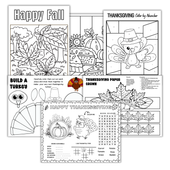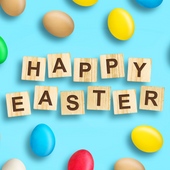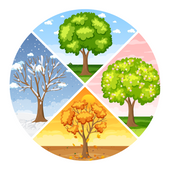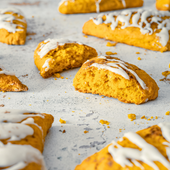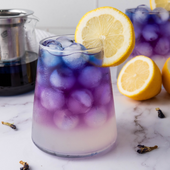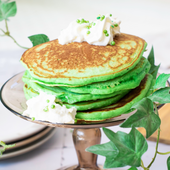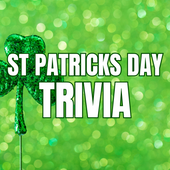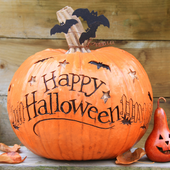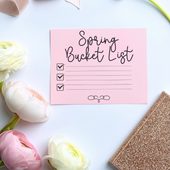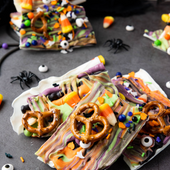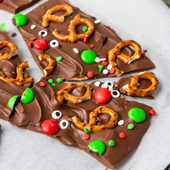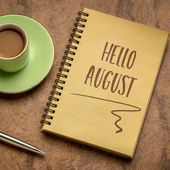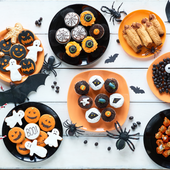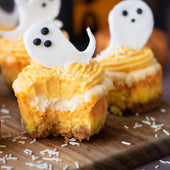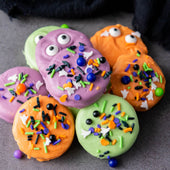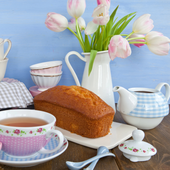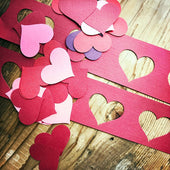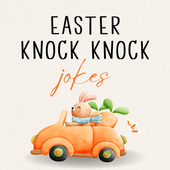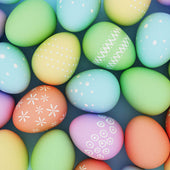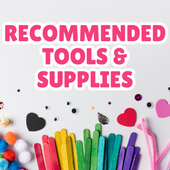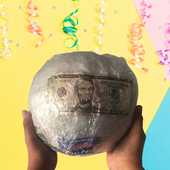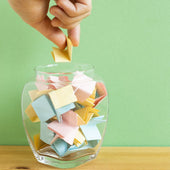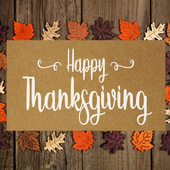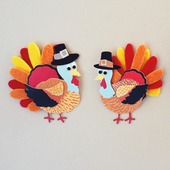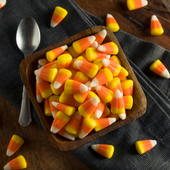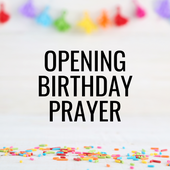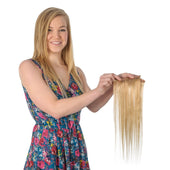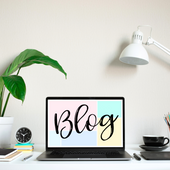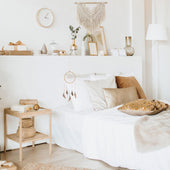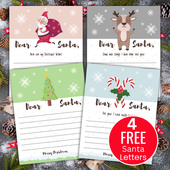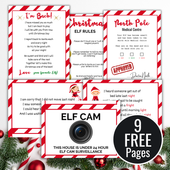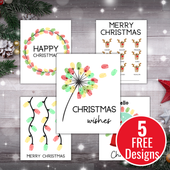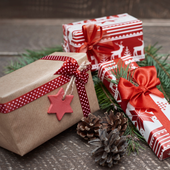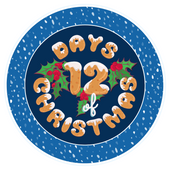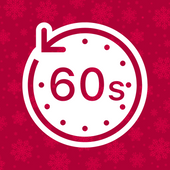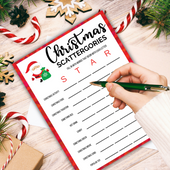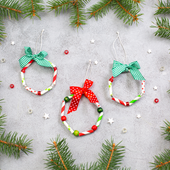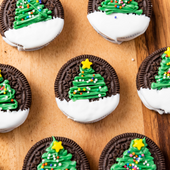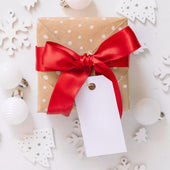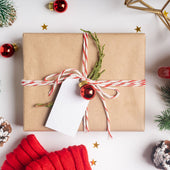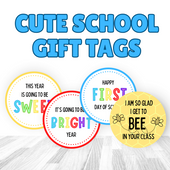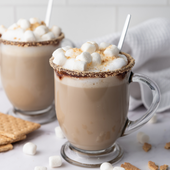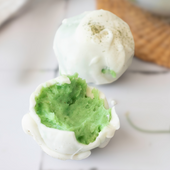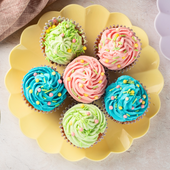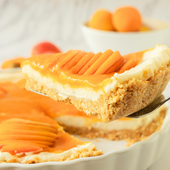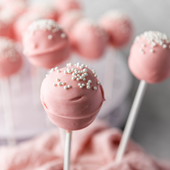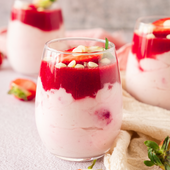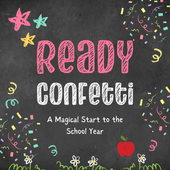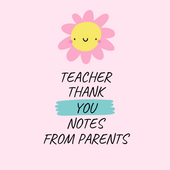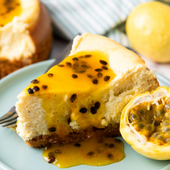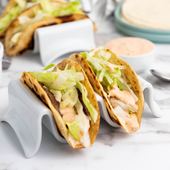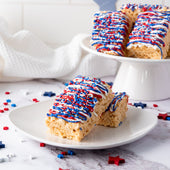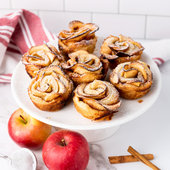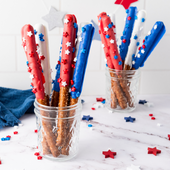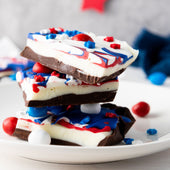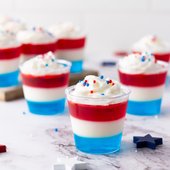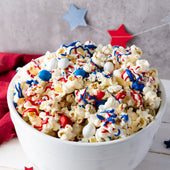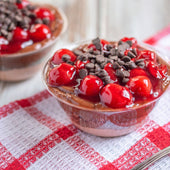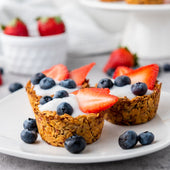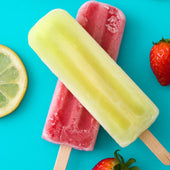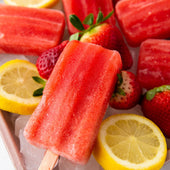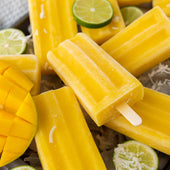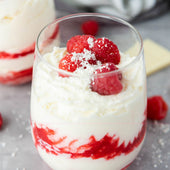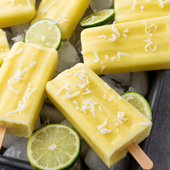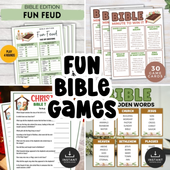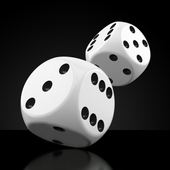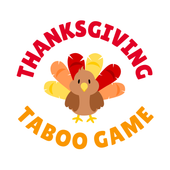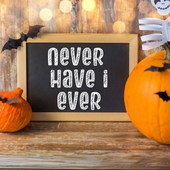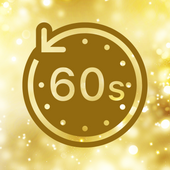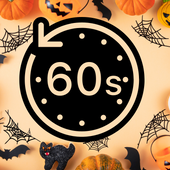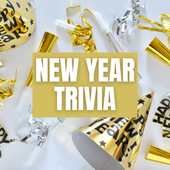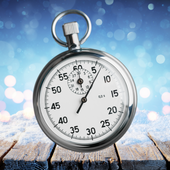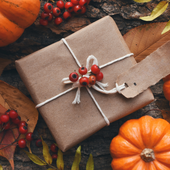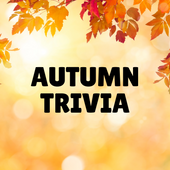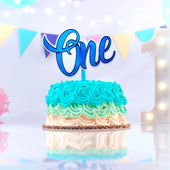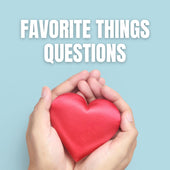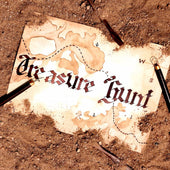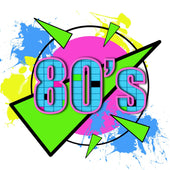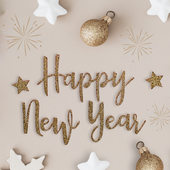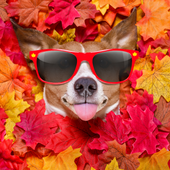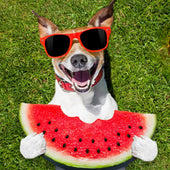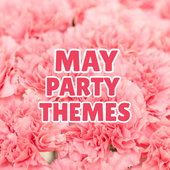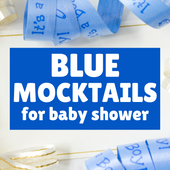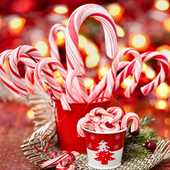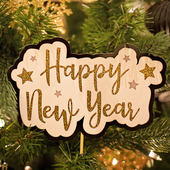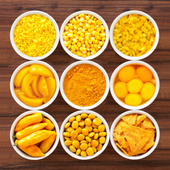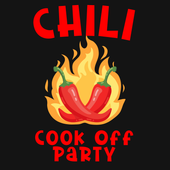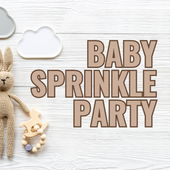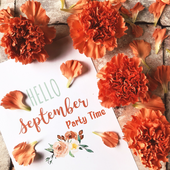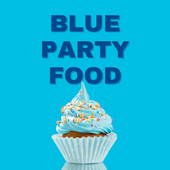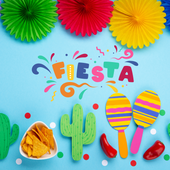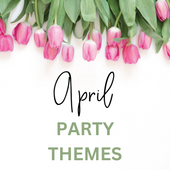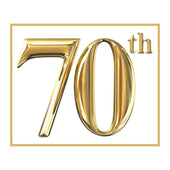
What Is Junk Journaling
Unlocking Creativity with Junk Journaling
In a world where digital screens dominate our lives, finding a creative outlet can be incredibly refreshing. Enter junk journaling a fun and artistic form of journaling that transforms everyday "junk" into beautiful, personalized keepsakes.
Whether you're a seasoned artist or a complete beginner, junk journaling offers a unique way to express yourself, document your life, and recycle materials in an eco-friendly manner.
Here we will look at everything you need to know about junk journaling, from the basics to advanced techniques, and share plenty of inspiration to help you get started.

(THIS POST CONTAINS SOME AFFILIATE LINKS FOR YOUR CONVENIENCE: READ MY FULL DISCLOSURE POLICY)
What is Junk Journaling?
Junk journaling is a form of mixed media art that involves creating journals using a variety of found and recycled materials. These materials, often referred to as "junk," can include anything from old book pages and magazine cutouts to ticket stubs, receipts, fabric scraps, and more.
The beauty of junk journaling lies in its flexibility and the endless possibilities for creativity. Each journal is a unique reflection of the creator's personality, memories, and artistic flair.
The Benefits of Junk Journaling
1. Creative Expression
Junk journaling allows for unrestricted creativity. You can experiment with different layouts, color schemes, and materials without any rules or limitations. This freedom can be incredibly liberating and therapeutic.
2. Sustainability
By repurposing materials that would otherwise be discarded, junk journaling promotes sustainability and eco-friendly practices. It's a wonderful way to recycle and give new life to items that might otherwise end up in a landfill.
3. Memory Keeping
Junk journals are perfect for preserving memories. You can use them to document special events, travel experiences, daily life, or even to create themed journals around specific interests or hobbies.
4. Mindfulness and Relaxation
The process of selecting materials, arranging them, and creating a journal page can be a mindful and relaxing activity. It's a great way to unwind and focus on the present moment.
Getting Started with Junk Journaling
Vintage Junk Journal Notebook Vintage Junk Journal Supplies Aesthetic
Vintage Junk Journal Supplies Aesthetic Book Lover Junk Journal Pages
Book Lover Junk Journal Pages
1. Gathering Supplies
The first step in junk journaling is to gather your supplies. Here are some common materials you might want to collect:
- Old book pages
- Magazine cutouts
- Postcards and greeting cards
- Ticket stubs and receipts
- Fabric scraps and ribbons
- Buttons, beads, and other embellishments
- Paint, markers, and colored pencils
- Glue, tape, and scissors
- A journal or notebook (you can also make your own)
Embossed Vintage Leather Journal Blank Colorful Journal
Blank Colorful Journal Moon Witch Junk Journal Pages
Moon Witch Junk Journal Pages
2. Choosing a Journal
You can use any type of journal or notebook for junk journaling, but many people prefer to make their own. This allows for complete customization of size, shape, and paper type. To create your own journal, you can use:
- Cardstock or thick paper for the cover
- Mixed media paper, watercolor paper, or any paper you like for the pages
- A binding method, such as stitching, stapling, or using a binding machine
Vintage Ocean Mythology Junk Journals Decorative Cardstock Vintage Floral Junk Journal Paper
Vintage Floral Junk Journal Paper Vintage Forest Mushroom Junk Journal Decorative Cardstock
Vintage Forest Mushroom Junk Journal Decorative Cardstock
3. Organizing Your Materials
Organizing your materials can help streamline the creative process. Consider using containers or drawers to sort items by type (e.g., papers, embellishments, tools). This makes it easier to find what you need when you're in the middle of a project.
Techniques and Tips for Junk Journaling
1. Layering
Layering is a fundamental technique in junk journaling. Start by choosing a base paper or page, then add layers of different materials on top. Experiment with overlapping, tearing, and folding papers to create interesting textures and dimensions.
2. Collaging
Collaging involves arranging and gluing down various pieces of paper and other materials to create a cohesive design. This can be as simple or as complex as you like. Try creating themed collages or abstract designs.
3. Incorporating Text
Adding text to your junk journal can give it more depth and meaning. You can include handwritten notes, quotes, poetry, or even cut-out words and phrases from magazines. Use different fonts, sizes, and colors to add variety.
4. Using Mixed Media
Don't be afraid to mix different types of media in your junk journal. Combine paint, ink, markers, and colored pencils with your paper and fabric elements. This can add a vibrant and dynamic quality to your pages.
Colored Curve Highlighter Pen Set Micro-line Pens
Micro-line Pens Magic & Fairy Themed washi tape
Magic & Fairy Themed washi tape
5. Adding Pockets and Envelopes
Create interactive elements by adding pockets and envelopes to your journal pages. These can hold additional keepsakes, such as photos, notes, or small mementos.
Creative Ideas for Junk Journaling
1. Travel Journals
Document your travels by creating a junk journal filled with maps, ticket stubs, postcards, and photos from your trips. Add handwritten notes about your experiences and any memorable moments.
2. Memory Keeping
Create a junk journal dedicated to preserving special memories, such as birthdays, anniversaries, or holidays. Include photos, cards, and other memorabilia that capture the essence of these occasions.
3. Art Journals
Use your junk journal as an art journal, where you can experiment with different artistic techniques and materials. This is a great way to practice new skills and develop your unique style.
4. Gratitude Journals
Start a gratitude journal to document things you're thankful for. Use uplifting quotes, bright colors, and happy images to create a positive and inspiring journal.
5. Themed Journals
Create journals based on specific themes or interests, such as gardening, cooking, fashion, or seasons such as Summer. Fill them with related images, notes, and keepsakes that reflect your passions.
Advanced Techniques for Junk Journaling
1. Stitching and Sewing
Incorporate stitching and sewing into your junk journal pages. You can sew fabric pieces, attach buttons, or even stitch paper elements together. This adds texture and a handmade touch to your journal.
2. Creating Pop-Ups
Add a playful element to your junk journal by creating pop-up elements. These can be as simple as folded paper shapes that "pop up" when the page is opened, or more complex 3D designs.
3. Using Stencils and Stamps
Stencils and stamps can add intricate designs and patterns to your pages. Use them with paint, ink, or even texture paste to create interesting backgrounds and focal points.
Vintage Wooden Rubber Stamps Corner Stamps for Card Making Decoration and DIY Scrapbookig
Corner Stamps for Card Making Decoration and DIY Scrapbookig Sheets Clear Stamp Silicone Stamp Cards
Sheets Clear Stamp Silicone Stamp Cards
4. Incorporating Nature
Bring nature into your junk journal by incorporating pressed flowers, leaves, and other natural elements. This can add a beautiful and organic touch to your pages.
5. Interactive Elements
Create interactive elements, such as flip-out pages, pull tabs, and hidden compartments. These can add an element of surprise and engagement to your journal.
Tips for Staying Inspired
1. Join a Community
Connect with other junk journalers online or in-person. Join social media groups, participate in forums, or attend workshops to share ideas, get feedback, and stay motivated.
2. Keep a Scrap Box
Maintain a box or container for collecting potential junk journaling materials. Whenever you come across interesting papers, tickets, or other items, add them to your scrap box for future use.
3. Set Aside Time
Make time for junk journaling regularly. Whether it's a few minutes each day or a dedicated session each week, consistent practice can help you stay inspired and improve your skills.
4. Explore New Techniques
Challenge yourself to try new techniques and materials. This can keep your journaling practice fresh and exciting.
5. Take Breaks
If you ever feel stuck or uninspired, don't be afraid to take a break. Sometimes stepping away for a while can help you come back with fresh ideas and renewed enthusiasm.
Junk journaling is a versatile and rewarding craft that allows you to express yourself and preserve memories. With endless possibilities for materials and techniques, each journal you create is unique to you.
Whether you're documenting your daily life, or simply enjoying the process of creating, junk journaling is a wonderful way to tap into your creativity and create something truly special. So gather your materials, set aside some time, and start your junk journaling adventure today!



















